-
Posts
1,412 -
Joined
-
Last visited
-
Days Won
9
Content Type
Profiles
Forums
Gallery
Downloads
Blogs
Events
Store
Aircraft
Resources
Tutorials
Articles
Classifieds
Movies
Books
Community Map
Quizzes
Videos Directory
Posts posted by pylon500
-
-
While I'm not an engine designer, there are a few things that make me scratch my head.
Just from the simple visualization of the engine, my first thought are;
-A lot of engine for four little pistons,
-The bearing for the 'armature' are not as important as the little bearings (or bushes) on the piston cam following pins,
-I don't know if anyone has had good longevity from combustion systems working into 'tracks',
-Bit worried about the sudden stop at the bottom of the stroke,
-Even with the delayed Bottom Dead Centre time of the piston, this engine with require a reasonable sized blower (power absorption) to breathe properly,
-The overall engine (for it's capacity) is quite large, then the heavy track plates, the magnets and windings, plus being water cooled will make it very heavy,
-A lot of people look at these 'cam track' systems and forget that the 'drive' applied to the cam, has to be opposed by the guide system that supports the piston, creating more wearing points that are not initially obvious, and such opposition feeds back into the overall operation as a counter impulse, becoming vibration.
It will be one thing to see one running, it will be another to see it put out some reasonable power and hold together.
Probably needs more pistons, and or be stacked into a series of engines (maybe only one with an armature)?
But what do I know?

-
 1
1
-
 1
1
-
-
I've seen this before with GA schools.This morning I went to a VH school thinking I was going to be discussing learning to fly in my (still imaginary) VH registered Foxbat. When I arrive, they told me that I could not do that because they would have to add my plane to their paperwork and it was expensive, involved lawyers and the chief flying instructor did not have time to organise it.Each slightly different aircraft requires an endorsement, and at least one of the employed instructors needs to be endorsed on type, then the school needs to have that type accepted and added to their AOC.
While working at bankstown, we 'inherited' an old C172, the boss thought it might be a good idea to have a hangar 'hack' for getting out to other airfields for quotes and temporary maintenance (even more complex), but found it very hard to find instructors or schools that would instruct us in our own aircraft without a load of paperwork.
Do you really need to have your Foxbat as a GA?
-
After reading this two or three times, I was going to go all grammar nazi on it, but then figured you probably posted this from a phone?Student training HAS been relatively safe over a fair period of time in RAAus. Arthur The term "pilot error" is really misleading and an oversimplification. and doesn't have a great standing in accident and incident analysis. People make errors for a lot of reasons. They rarely set out to make errors. IF they haven't been trained properly or fully Pilots will do more things that can be called errors..IF certain trends emerg, design changes or flying techniques get revised. or modified. If you just put it down to "pilot error" nothing gets changed. .No improvement happens. Nev -
OK Turbo, I don't usually waste to much time with your armchair expertise, but I thought I'd review this list thinking there may be some systemic problems with the operations of Foxbats...?The following information comes direct from the RAA Accident and Defect Summaries for 2018, 2017, and two from 2016, involving people who apparently were not familiar with the Aircraft handling, Radio, Procedures - all training related.As you said, most occurrences were training related, so I studied them (knowing the aircraft intimately), with a view to operational habits characteristic to the 'Bat.
The following is my interpretation of how the aircraft being a Foxbat, as opposed to being any other type of aircraft, was relevant to incidents put forward;
1 Irrelevant.
2 Irrelevant.
3 Pilot error, partially relevant.
4 Irrelevant.
5 Poor instructing, partially relevant.
6 Irrelevant.
7 mechanical fault?, partially relevant?
8 partially relevant?
9 Ambiguous, partially relevant?
10 Irrelevant.
11 Irrelevant.
12 Irrelevant.
13 Pilot error, partially relevant.
14 Pilot error, partially relevant.
15 partially relevant.
16 Irrelevant.
17 Irrelevant.
18 Overestimated aircrafts abilities, partially relevant.
19 Pilot error, partially relevant.
20 Pilot/Instructor error, partially relevant.
21 Irrelevant.
22 Partially relevant
23 Pilot error.
Seeing a list of incidents put forward as you did, and saying they were all endemic of problems that could be associated to Foxbats is very misleading, and likely to cause anxiety to people buying and or learning to fly in said Foxbats.
All 'Ultralights' have their little quirks, but on the whole, are reasonably easy to fly.
If anything, I rate the Foxbat as one of the easier aircraft to fly, bordering on too easy, but still a great trainer.
-
 1
1
-
 3
3
-
 3
3
-
-
And once CASA and the Police have finished with him, and if he's still got his house and plane, he'll probably strip out the heavy stuff and come over to RAAus with his beat-up plane.
On a side note, that Technam must be jinxed, going by the paintwork, the back-end looks like it's only just been rebuilt?!
Or were these guys trying to do the old 'run up the ar$e' insurance fraud that goes on in cars?
Anyone looking for a cheap RV6, just needs a bit of TLC.

-
 1
1
-
-
There may be some STOL junkies out there that will argue with me but, typical operations for the A22LS (or L as I've flown) is no flap for normal takeoffs, and only one stage for normal landings.Do you think you should remove the flaps on touchdown? I'm thinking no, but still asking..As a rough guess, a trainee pilot probably needs about 8~10 hours of landings with one stage before playing with two stage due to the change in characteristics that come with two stages.
Yes, some will argue that they teach two stage from the start, but I feel it then takes longer overall for the students to get the hang of it.
I should point out I teach all glide landings, 'cause you'll need it one day, and with the introduction of electric aircraft, it will become the norm again.
The change in characteristics between flap setting is fairly noticeable with some rudder needed to co-ordinate with one stage, and a lot of rudder to co-ordinate with full flap.
As for removing flap during touch and goes, the A22L has a fairly low flap speed (60kts) so careful speed management is required if going around with flap so, probably better to get the flaps away before adding power.
As a side note yes, the flaps can be a bit awkward from the left seat, most seem to want to change hands.
I tend to find when soloing from the left seat, I change hands for the flaps, but when instructing from the right seat, I reach across and still use my right hand, odd really.
As for flying in gusty conditions, the Foxbat has VERY light and powerful ailerons in the 'UP' position, and still very effective ailerons in the first stage position, but if the wind is more than about eight knots from any more than forty five degrees across, I would not instruct to land with full flap.
I could do it as could many of the experienced pilots here, but not for students.
Little side note here about landing 'Bats (and many tricycle types) in strong crosswinds; regardless whether you approached crabbed (my choice) or crossed-up, once you have the mains on the ground you will find yourself holding lots of rudder to maintain directional control.
This is not good for the nosewheel when it hits the ground (sideways) so, just before the nose goes down, apply a LOT of aileron into wind, and use the adverse yaw to align the aircraft while straightening the nosewheel.
Are you landing on all three wheels?
You're landing too fast, go back and practice keeping the nose off the ground!
OK, putting on flame suit, have at me!!
-
 2
2
-
-
If you want a good instructor, look for one that learnt/taught in a Lightwing.
Problem solved.
-
 1
1
-
-
From a basic aerodynamic standpoint, you need to consider;Here's the fin and next the extension. I reckon the extension looks better. Certainly it looks more like the J160.[ATTACH]53906[/ATTACH] [ATTACH]53907[/ATTACH]Lateral stability will increase with total vertical surface area (including rudder),
Directional control is a function of rudder area (as a percentage of the fin/rudder configuration) and deflection.
As per your attachments, you are increasing your lateral stability, but also reducing your lateral control, which will lower your crosswind capabilities and require higher pedal forces for similar responses.
If you went the route of making a taller rudder, it would pay to add a counterbalance on top for a bit of mass balancing (as per most other Jabs).
-
 1
1
-
 1
1
-
-
-
That's it, I wash my hands of you guys...
-
 2
2
-
 1
1
-
-
This is possibly some form of repercussion towards Turnbull for lampooning Trump that time.
It's obviously discriminately aimed at the Australian boomerang, as there is no mention of having to register 'Frisbees'.
Makes you think...
-
The thought had occurred.start coming the wreckers for a crashed prius -
The real question is;
Why did this take so long to happen?
And after all the development, it still only gets a 'special' certificate of Airworthiness, admittedly, similar to most of the RAAus fleet.
Next question will be, can the Pipistrel powertrain be retro fitted to other airframes?
I wonder what they will charge per hour? (slight pun intended)
-
It's probably going to go, 'bring your own entertainment and headphones', then just have a couple of USB ports on every seat.
Would actually be a lot lighter, and probably easier on the electrical system.
Any flights I do, I take my Aldi noise cancelling headphones, and plug my MP3 player into it.
Will probably start taking my tablet on future flights.
Need to take my mind off the cramped £µ©{¡~§ seating pitch!
-
 2
2
-
 1
1
-
-
I get the impression it may have come down like a sycamore seed, the mountain slope just adding that little extra deceleration to not be a sudden stop.Steep mountainside or not that is still an unbelievable outcome.It is hard to see too much detail in the pictures but I can’t really see a long impact area down the hillside which you would think would be needed to slow the fall slowly enough.Have to wait till we hear from Gary.
-
-
They had this video from Sun-n-fun '17;
-
 1
1
-
 1
1
-
-
-
Some more speculation and assumed facts;Makes it seem as if it was a "straight in" but no time stated for when radar was lost. That would tell if he did a low pass and come around again or lost it coming straight in.Lost the left engine on late final in the end?I'd only met the pilot, and flown into his strip a few times.
Runway preference was usually 34, as approaching 16 tended to be down the face of the local hills.
Circuit direction onto 34 was usually right hand, once again due to close proximity of the local hills.
The approach profile could be interpreted as joining a R/H circuit for 34.
Fuel mismanagement would seem unlikely for a pilot that made a hobby of international ferry flying, but...
*No mention in the report of the presence of the windsock at the crash site.
Hopefully his GPS systems may shed more light on what happened.
Will have to keep following the investigation.
-
-
-
-
Only if you are sitting on the CofG, if you are sitting out front then side by side becomes a problem.Side by side makes a fat plane sometimes but does simplify C of G issues.Staggered gives you a few benefits;
Narrower than full side by side,
Usually no 1-up/2-up CofG problems,
One instrument panel,
Good pilot visibility,
Plenty of shoulder room,
Can still relate to your passenger.
But,
It looks a little weird, so people tend to shy away from it?
Convention can be so hard to break away from.
-
Just a bit of technical cleaning up;
Float plane, Sea plane?
OK, a float plane is an aeroplane fitted with floats, allowing it to land on water.
A Seaplane is a broad (american?) term that can cover anything that lands on water regardless of layout.
The Catalina at the top has a 'Floating hull/fuselage', more usually referred to as a 'Flying Boat'.
Early seaplanes (hull or floats) were typically only capable of landing on water, until the idea of retracting undercarriage was introduced, whereupon they were then regarded as amphibious.
As for the first video, yep, totally staged with stuntmen, but also shot with a strong telephoto lens, making the plane appear closer than it was.
However, if you watch for the shadow, it wasn't THAT far away




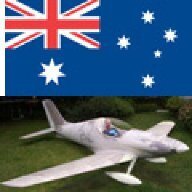


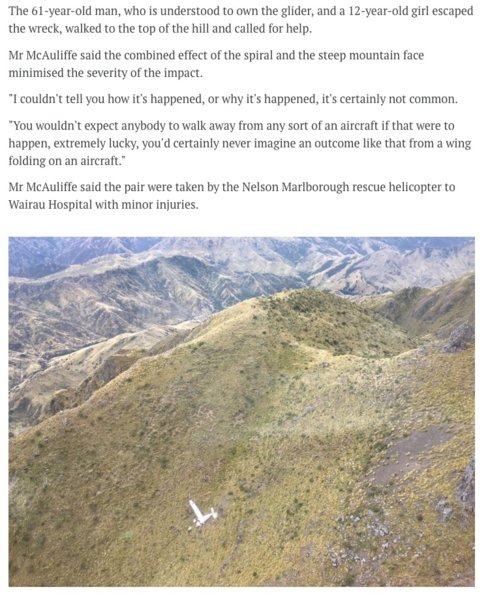
_underway_transporting_aircraft_1950s.jpeg.cea0bf1ad0ebd1027839deecef27e1d5.jpeg)
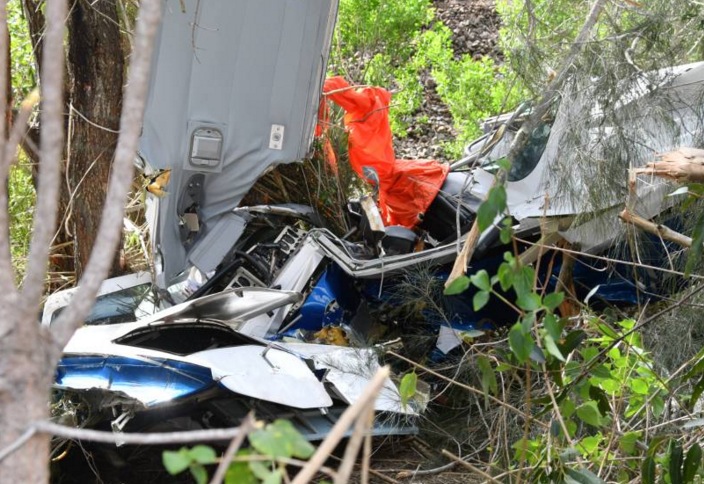
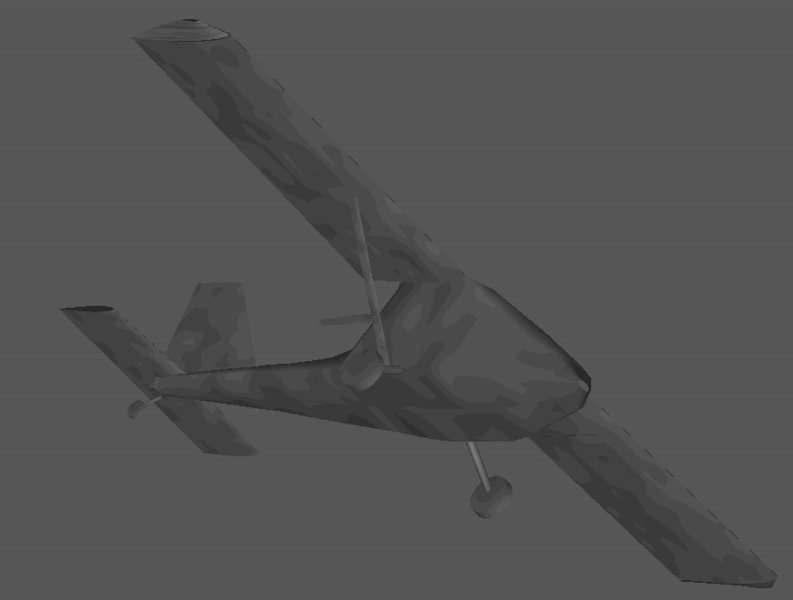

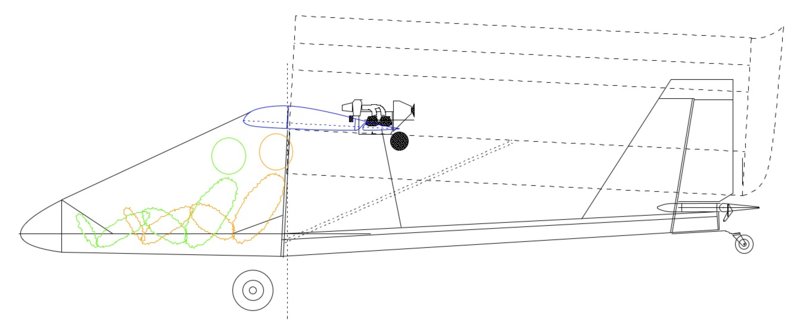

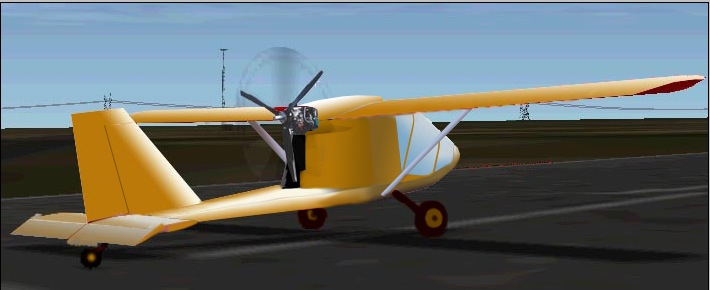
Brolga Ultra-Prop
in Engines and Props
Posted
Yeah, I was afraid it would go that way.
My problem is worse in that I own the original 912 conversion Lightwing, which supposedly had been approved for a two blade bolly.
The aeroplane got pranged and part of the rebuild was to upgrade from the 80hp 912 to a 100hp ULs, and fit a three blade Bolly (would prefer a Warp), only to be told by RAAus that according to their files my Lightwing should have a R582 in it.
They said I could do the mods, but it would have to become a 19-.
End result, $32k's worth of aeroplane that only did about 120 hours, now sits in a trailer waiting for me to decide whether to take it to the tip or not.
The irony is that the aircraft was previously owned by a prominent RAAus official that had done some bad repairs on it, added assorted extras, and modified the engine with aftermarket high compression pistons.
I always wondered why it flew so well